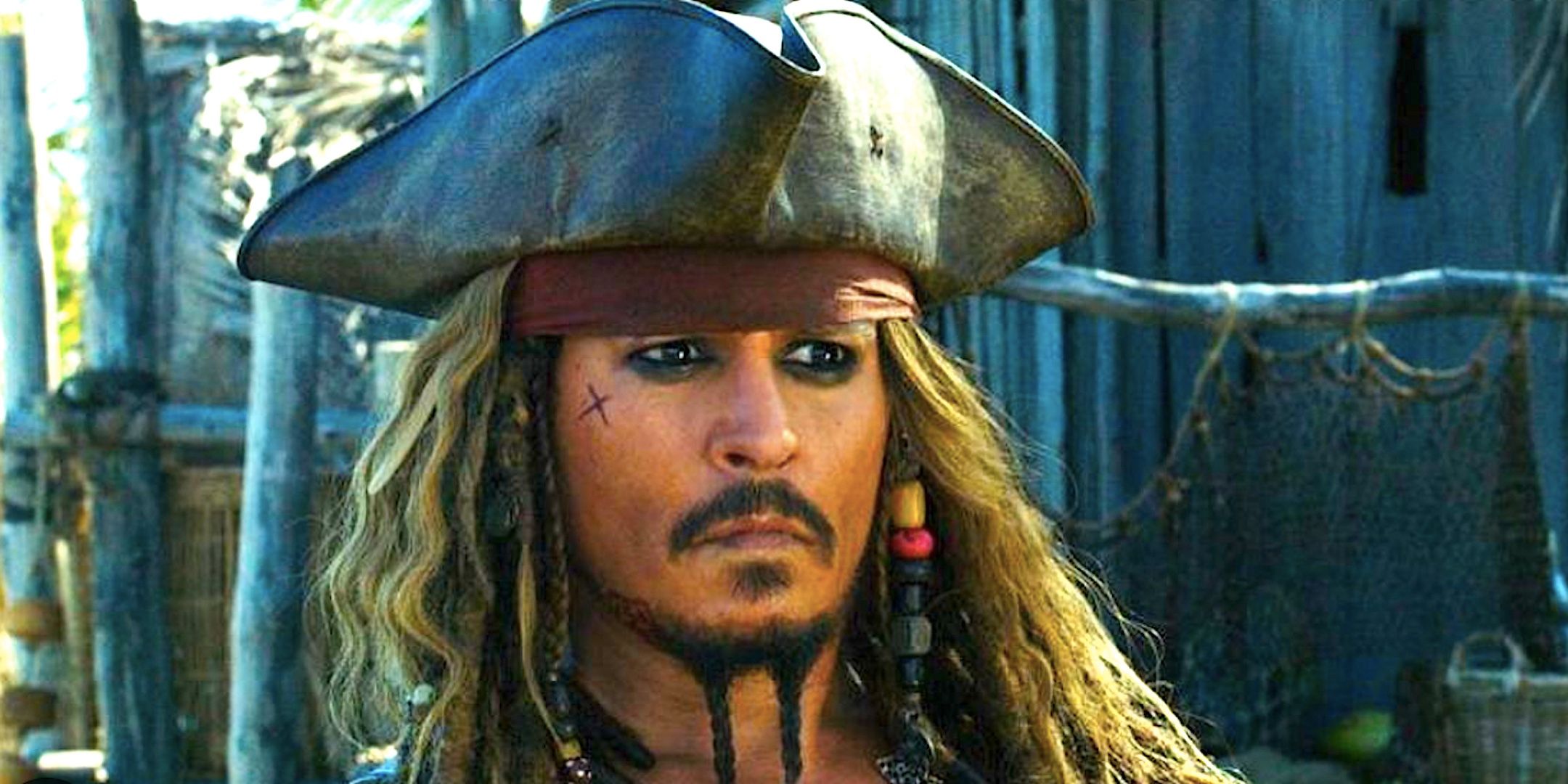## 7 Biggest Ways Pirates Of The Caribbean Changed After Curse Of The Black Pearl
Ahoy, mateys! From villainous beginnings to heroic sacrifices, the *Pirates of the Caribbean* franchise took a winding course after its initial splash with *The Curse of the Black Pearl*. Captain Jack Sparrow, portrayed by Johnny Depp, charmed audiences worldwide, but the saga evolved far beyond its original scope. This article dives into the significant shifts that shaped the *Pirates of the Caribbean* universe, exploring character arcs, plot complexities, and visual overhauls. Come with us as we chart these changes and their impact on the legacy of this beloved series. These evolutions, while not always smooth sailing, greatly affected the franchise’s trajectory and fan reception.
### Captain Jack Sparrow Went From Villain To Anti-Hero
Captain Jack Sparrow’s character arc shifted dramatically after *The Curse of the Black Pearl*. Initially presented as a cunning antagonist, Jack quickly won audiences over with his wit and unconventional charm. According to a memorable line from the film:
> Norrington accused Jack of being the worst pirate he had ever heard of, Jack retorted “But you have heard of me!”
This charisma prompted a transition to an anti-hero, a morally ambiguous rogue who often found himself doing the right thing, albeit through questionable methods. By *Dead Man’s Chest*, Jack’s transformation was complete, as he sacrificed immortality to save Will Turner, solidifying his heroic status. This evolution made him the franchise’s iconic face, steering away from the traditional villain archetype.
### The Pirates Of The Caribbean Franchise Leaves Port Royal After The Original Movie
*The Curse of the Black Pearl* was largely set in Port Royal, a location inspired by the real-life Jamaican harbor that served as a bustling pirate trading post. However, subsequent films broadened their horizons, taking the saga to Tortuga and beyond. As the article states:
> Much of *The Curse of the Black Pearl* is set in Port Royal, including Jack Sparrow’s iconic introduction as he steps off his stolen sinking boat.
While Port Royal made brief appearances in later sequels, it never regained its central role. This shift allowed the franchise to explore new locales and cultures, enriching the *Pirates of the Caribbean* universe with diverse and exotic settings.
### The Stories Became Much More Complex
Subsequent *Pirates of the Caribbean* films took a leap into complexity. *The Curse of the Black Pearl* told a straightforward story of a quest, but later movies introduced convoluted plots involving mythology, magical items, and moral ambiguities. The original film’s simple narrative allowed the characters to drive the action, but the sequels often prioritized style over substance. While visually stunning, some reviewers found the storylines confusing. According to one Rotten Tomatoes audience:
> Rotten Tomatoes audiences gave *At World’s End* a 72% positive rating.
### Pirates Of The Caribbean Introduced More Female Characters
Elizabeth Swann evolved significantly, transcending her initial damsel-in-distress role to become a formidable pirate. While Zoe Saldaña’s Anamaria had a brief but intriguing presence, subsequent films expanded the roles of women in the franchise. According to Zoe Saldaña:
> Zoe Saldaña told that her experience filming *The Curse of the Black Pearl* was “definitely an experience not worth repeating.”
The franchise needs compelling female characters who drive the narrative. Whether Anamaria returns or a new, all-female pirate crew takes center stage, the *Pirates of the Caribbean* series has the potential to empower women in the pirate world.
### The Visual Effects Changed Dramatically
*The Curse of the Black Pearl* relied on practical effects, enhancing the impact of the ghostly transformations. The sequels, however, embraced CGI, creating stunning visuals like Davy Jones and the Kraken. While these effects were impressive, they overshadowed the grittiness of the first film. Some reviewers felt that the later movies crossed into the fantasy genre, deviating from the original’s horror elements. As was mentioned in the original article:
> The visual effects in *The Curse of the Black Pearl* were groundbreaking for their time, but they were used sparingly.
### Elizabeth Swann Becomes A Pirate
Elizabeth Swann underwent a significant transformation throughout the *Pirates of the Caribbean* series, as she shed her damsel-in-distress persona and embraced the life of a pirate. From sword fights to bar brawls, she fully immersed herself in the pirate culture. However, after Keira Knightley’s departure, the franchise struggled to find a suitable replacement, as was stated:
> While Elizabeth Swann had the best character arc of all, Keira Knightley only starred in the first three movies, and the franchise has not been able to replace her.
### Captain Barbossa Is No Longer A Villain
Captain Hector Barbossa, initially a ruthless villain, experienced a redemption arc after his resurrection in *Dead Man’s Chest*. Geoffrey Rush’s mesmerizing performance made Barbossa a fan favorite, leading to his evolution from self-serving antagonist to morally-gray ally. He even sacrificed himself to save his daughter, solidifying his status as a hero, as it was written:
> Barbossa made the switch to a real hero in the Pirates of the Caribbean movie. It is revealed that he has secretly been funding his daughter’s education, and he ends up dying for her.
### Conclusion: A Shifting Tide in the Caribbean
From nuanced character arcs to expanded lore, the *Pirates of the Caribbean* franchise has transformed in numerous ways since *The Curse of the Black Pearl*. While some changes were celebrated, others left audiences divided. As the series sails forward, it remains to be seen whether it will chart a course back to its roots or continue exploring uncharted waters.

Leave a Reply